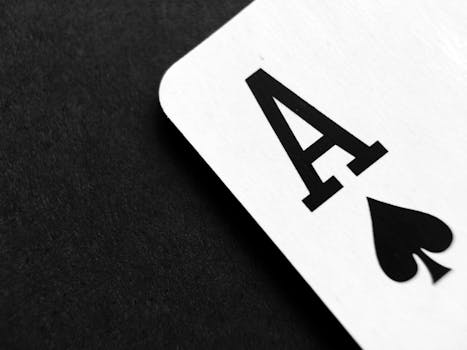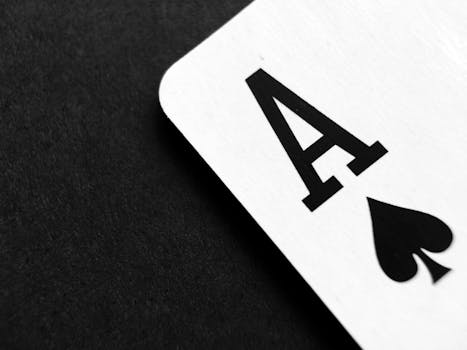Unraveling the Mysteries of Casino RTP
When engaging with online or brick-and-mortar casinos, understanding the concept of Casino Return to Player (RTP) is crucial for any gambler aiming to optimize their playing strategy. RTP is a term used to describe the percentage of all the wagered money a slot machine or any other game will pay back to players over time. This figure is critical in helping players gauge their potential loss and manage their bets more effectively.
What is Casino RTP?
Casino RTP, or Return to Player, represents the amount of money that a casino game returns to its players as winnings, compared to the total amount gambled by the players on that game. For instance, if a slot machine has an RTP of 95%, it means that for every $100 wagered, the machine will pay out $95 over a certain period. It's important to note that RTP is calculated over a long period and across numerous players, not in a single session or day.
Understanding Different RTP Models
Casinos often use various RTP models depending on the game type, the software developer, and the casino's policies. These models can broadly be categorized into fixed RTP and progressive RTP.
Fixed RTP Fixed RTP games have a set percentage that does not change regardless of circumstances. Most online slots fall into this category, providing players with a consistent and predictable return that can be checked before playing.
Progressive RTP Progressive RTP, on the other hand, changes over time. This model is commonly found in progressive jackpot slots, where a portion of every bet contributes to a large jackpot. The RTP increases as the jackpot grows, making these games particularly appealing when the jackpot reaches substantial amounts.
Advantages and Disadvantages of RTP Types
Fixed RTP Advantages
- Predictability: Players know what to expect and can choose games with higher RTPs for better chances.
- Strategy: Easier to plan and execute a betting strategy as the return is constant.
- Lower excitement: Predictable returns can make gameplay less thrilling for some players.
- No big jackpots: Typically, fixed RTP slots offer smaller jackpots compared to progressive games.
- Higher potential returns: As the jackpot grows, so does the RTP.
- Increased excitement: The possibility of hitting a life-changing jackpot adds thrill to the game.
- Lower base game returns: The RTP excluding the jackpot can be significantly lower, meaning more regular losses.
- Unpredictability: Harder to plan a strategy due to fluctuating RTP.
Fixed RTP Disadvantages
Progressive RTP Advantages
Progressive RTP Disadvantages
Practical Examples
An exemplary case of a fixed RTP slot is NetEnt’s “Starburst” with an RTP of 96.09%. This game consistently offers returns around this percentage, making it a favorite among players who prefer predictable outcomes.
In contrast, Microgaming’s “Mega Moolah”, a progressive jackpot slot, starts with an RTP of 88% but can go much higher as the jackpot increases. This game made headlines when a British soldier won £13.2 million from a 25p bet, demonstrating the high-stakes, high-reward nature of progressive RTP slots.
Conclusion and Recommendations
Understanding the RTP of casino games can significantly enhance your gaming experience and outcomes. Whether you prefer the stability of fixed RTP games or the excitement of progressive jackpots, knowing the RTP helps you make informed decisions. Always check the RTP on the casino or developer’s website before playing, and remember that no matter the RTP, gambling should always be approached responsibly and as a form of entertainment, not a primary income source.
For those looking to start with games offering high RTPs, seeking out online slots or casino platforms that transparently provide this information is recommended. Sites like GamblingCommission.gov.uk provide additional resources and information on gambling safely and responsibly.
Unravel the mysteries of casino RTP today, and tailor your gambling strategies for better success and more enjoyable gameplay.

.png)





